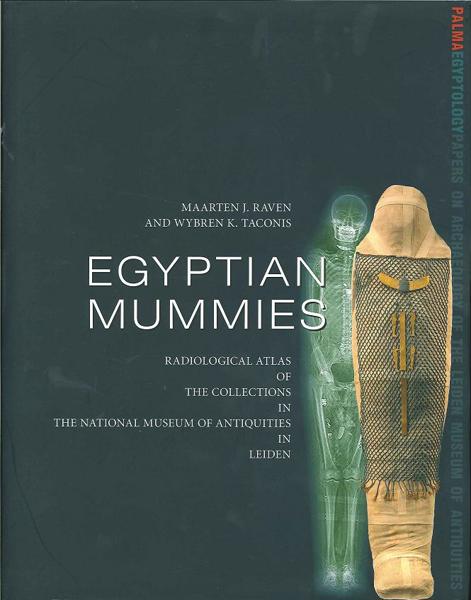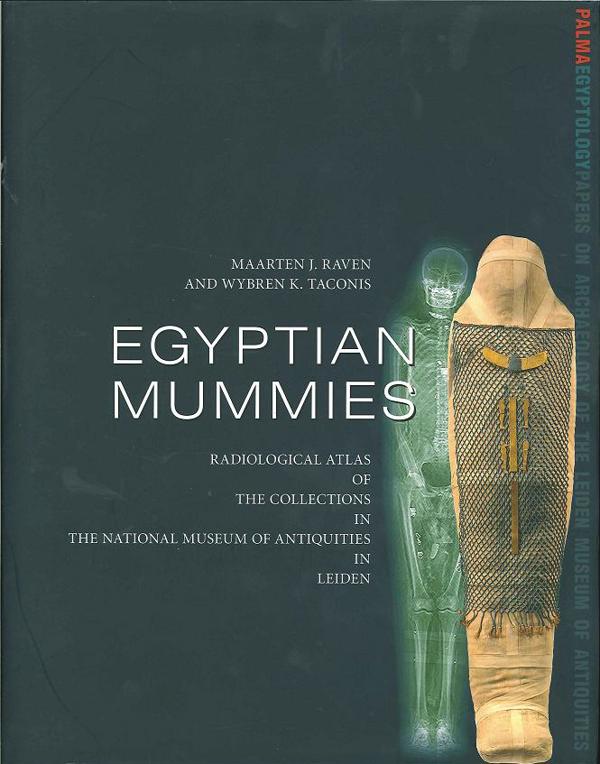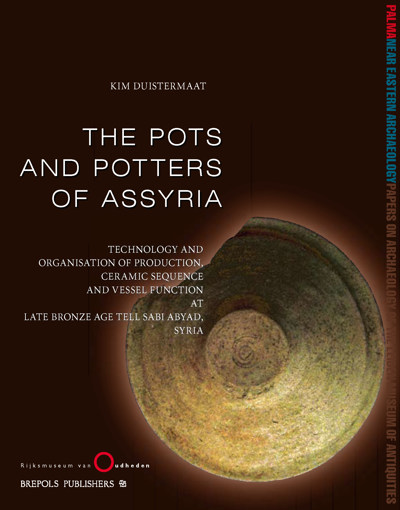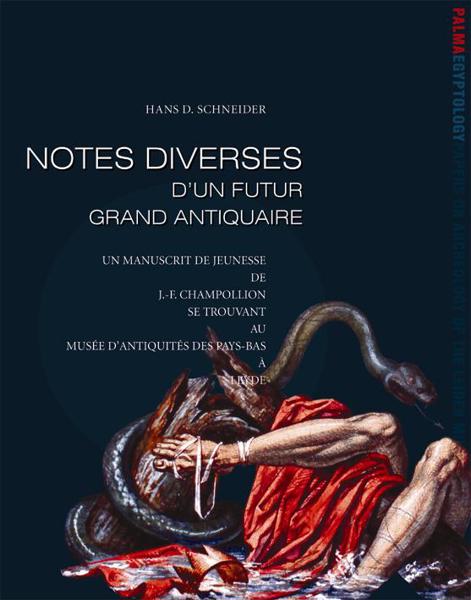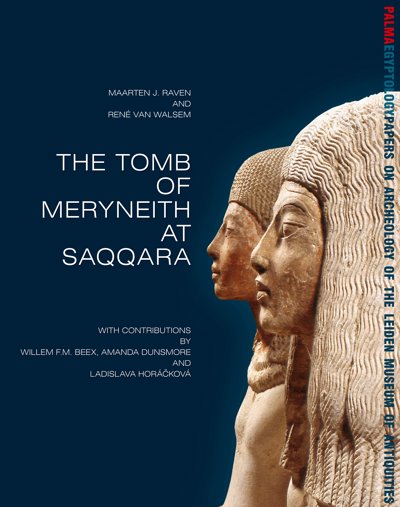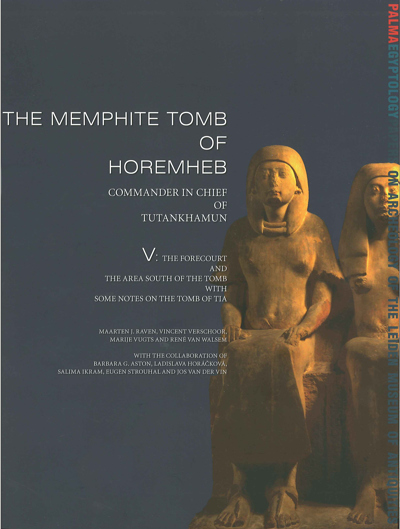
Egyptian Mummies
Radiological Atlas of the Collections in The National Museum of Antiquities in Leiden
Maarten J. Raven , Wybren K. Taconis (eds)
- Pages: 335 p.
- Size:220 x 280 mm
- Language(s):English
- Publication Year:2005
- € 55,00 EXCL. VAT RETAIL PRICE
- ISBN: 978-2-503-51701-8
- Hardback
- Out of Print
"With its excellent illustrations and extensive bibliography, this book makes a significant contribution to Egyptological, palaeopathological and museological specialist literature. However, in addition to its academic importance, the book will also appeal to a wide readership who have a general interest in the subject." (R. David, in Egyptian Archaeology 27, Autumn 2005, p. 41)
"De auteurs hebben met ware eruditie getoond dat beeldvormende technieken nuttig kunnen zijn in de archeologie [...]. Hoewel de tijd waarin gemalen mummiepoeder gebruikt werd tegen allerhande kwalen enige tijd achter ons ligt en de prefessionele interesse voor het onderwerp dus wat getaand is, is het boek voor medisch-historisch geïnteresseerde artsen boeiend, maar hoort het zeker in de medische bibliotheken thuis" (W.P.TH.M. Mali, in Nederlands Tijdschift voor Geneeskunde 149 (52), december 2005, p. 2945-2946)
This is the first volume in the new series of Papers on Archaeology of the Leiden Museum of Antiquities (PALMA). The National Museum of Antiquities (Rijksmuseum van Oudheden) in Leiden (Netherlands) houses important collections of Egyptian, Near Eastern, classical, and Dutch archaeology. With 31 human mummies and over 70 embalmed animals, the Egyptian mummy collection in Leiden is justly famous for its range and variety. It is rather surprising, therefore, that it has never before received any proper description. This new catalogue aims at filling this lacuna by providing extensive descriptions of all mummies, with basic museological and archaeological information on their provenance, date, decorative trappings, etc.
However, the major interest of the publication lies in the presentation of the results of a recent research project. Most human mummies were already investigated radiologically in 1965. Some animal mummies were scanned by computer tomography in 1981, and two occasional scans of human mummies were made in 1997 and 1998. The start of the present research project came in 1999 when a cooperation was established with the Academic Medical Centre (AMC) in Amsterdam. Since then, all human mummies have been scanned using the most modern technology. This provided a wealth of information on age and sex, embalming methods, and palaeopathology. At the same time, all animal mummies were X-rayed, allowing a proper assessment of their contents and a zoological determination of the species involved.
Thus, the catalogue part of this publication obtains the character of a proper radiological atlas. It is preceded by introductory chapters on the development of the Leiden mummy collection and on the history of embalming and of mummy research, and by a presentation of the most important anthropological, pathological, and archaeological findings in the human mummies.
